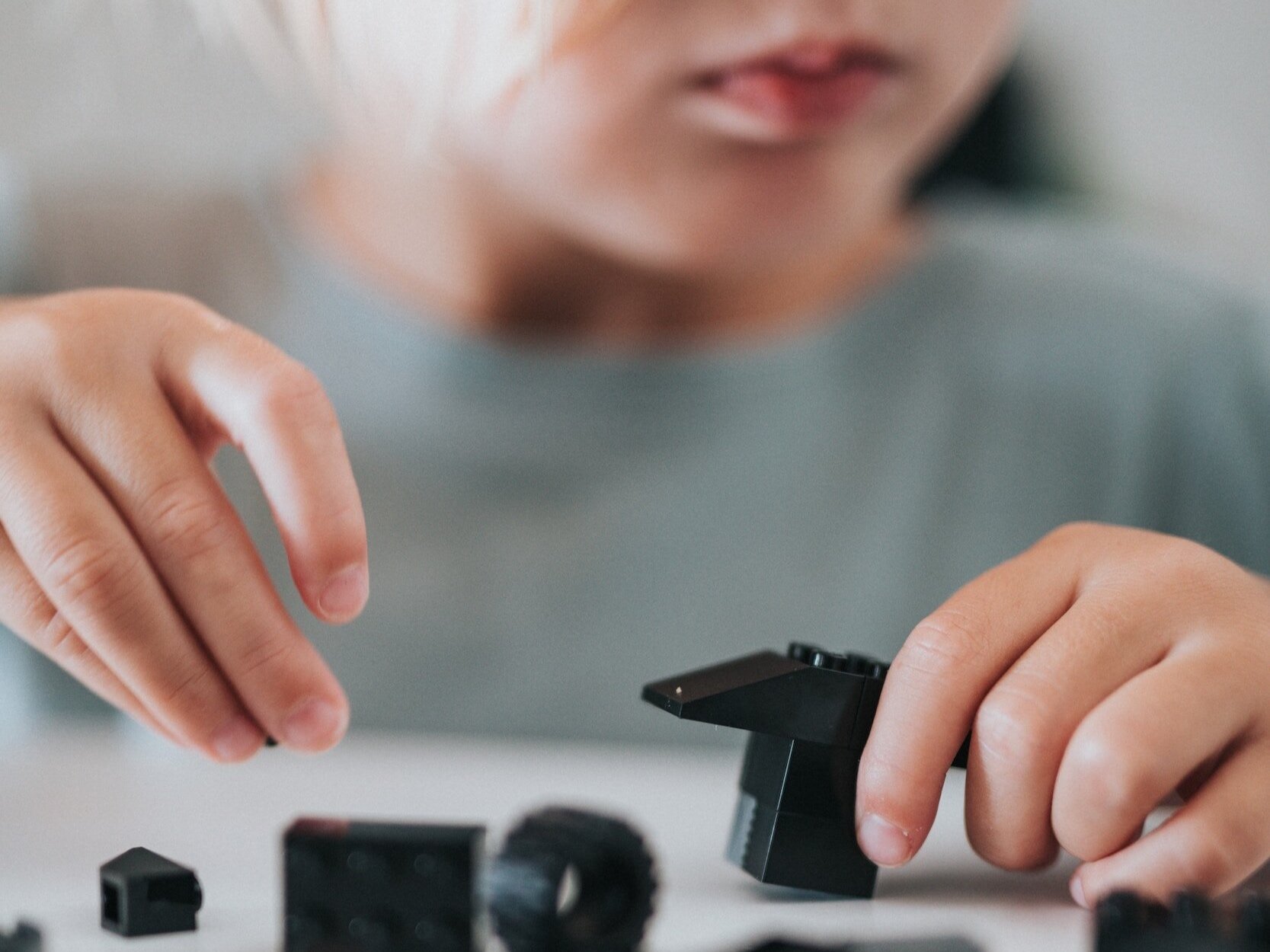Mindfulness Resources for Kids to Help Them Regulate Emotions and Reduce Stress
Mindfulness encourages us to pay attention to the present moment; it means being aware of our thoughts, feelings, and our environment. When we practice mindfulness, we are helping ourselves to regulate emotions and reduce stress. However, this can be a difficult skill to master, especially for children! Here are some fun and creative ways to practice mindfulness and help your child stay present throughout the day.
Belly Breathing
Have your child either seated in an upright position or laying on their back. If your child is seated, make sure their feet are flat on the floor. They should place both of their hands on their stomach. Tell your child that there is a balloon in their belly and that they’re going to do belly breathing in order to inflate and deflate their balloon. Next, instruct your child through the following series:
Breathe in slowly through your nose for four seconds. You should feel your hands rise as your belly rises and your balloon gets bigger.
Hold this for four seconds.
Blow out slowly through your mouth for four seconds. It should feel like you're blowing out birthday candles. You’ll feel your hands lower as you deflate the balloon in your belly.
Continue helping your child take belly breaths until they feel calm. For best results, practice belly breathing for 5 minutes at least 3 times a day.
A Minute’s Rest
This is a fun, quick game that also encourages mindfulness. Set a timer, but don’t let your child see it. Your child should sit in a comfortable position, close their eyes and take deep breaths (or practice belly breathing as mentioned above). Their challenge is to try to do this for only one minute without looking at a clock or counting seconds. When they think one minute is up, they should open their eyes and let you know. See how close your child was to one minute. Did they get it right? If not, was it more or less than a minute? Encourage your child to try this multiple times to see if they can beat their high score.
Sensory Surprise Bag
Gather items around the house of varying shapes and textures (e.g., a coin, an eraser, a fidget, etc.) and put them into a paper bag. Have your child reach in and touch an object, one at a time, and describe the object that they are touching. Make sure that they do not take the item out of the bag to ensure they are only using the sense of touch to explore and describe the object. You can help your child be mindful and prompt questions such as: Is it heavy or light? What does it feel like? How big is it? Is it smooth or bumpy?
Spidey Senses
It’s time for your child to be like Spiderman and turn on their “Spidey senses.” These are the same super senses that Spiderman uses to navigate the world around him. Your child should pause and bring their attention to their current environment. Instruct them to use their Spidey senses and name 5 things they can see, 4 things they can feel, 3 things they can hear, 2 things they can smell, and 1 thing they can taste.
Calm Jar
Calm jars are a fun and interactive way for you and your child to do a craft AND practice mindfulness together. Check out this link for instructions on how to make your own calm jar: DIY Creative Stress-Relief Crafts: Calm Jar.
Mindfulness, like any new skill, takes practice. Practice these new mindfulness activities with your child on a regular basis to develop the skills of paying attention in the present while using one’s senses. Find the mindfulness exercises that your child likes the most and help them use those when they need help finding a place of calm.
-
How to Support Your Highly Sensitive Child
Signs That Indicate That Your Child May Be Experiencing Anxiety
How Do I Know if Online Therapy (Telehealth) is Right for My Child?
Frequently Asked Questions About Therapy for Children and Adolescents
How to Effectively Communicate with Your Child’s Mental Health Therapist
Children's Books for Your Anxious Elementary Schooler That Promote Coping Skills
What Every Child and Adolescent Therapist Wants Parents and Caregivers to Know
Search Our Other Blogs!
Interested in Counseling for Children & Teens in Monkton, MD?
If you’re a Marylander who knows that counseling is the direction you need to take, the therapists at LifeSpring Counseling Services are here to help. We offer online counseling services for mindfulness, depression, anxiety, trauma, and grief and loss. We also offer Brainspotting as a specialized service, and Brainspotting can be done online, too! We accept major insurances, including CareFirst/BCBS, Cigna/Evernorth, United/Optum, and Johns Hopkins EHP.
Here’s how you can get started! Online and in-person counseling for children and teens isn’t the only service offered at our Monkton, MD office
The counselors and social workers at our Maryland office also offer counseling services for trauma, grief and loss, boundary setting, communication skills, and difficult life transitions. We also offer specialized counseling services including Brainspotting and spiritually-integrated counseling. Because we are located next to several local universities, we also work with college students and international students.
Written by: Jordan Bramhall, LGPC
Jordan works with children, teens, and adults to help with depression, anxiety, life transitions, and stress management. She offers in-person and online counseling services in Monkton, MD and accepts insurance.



